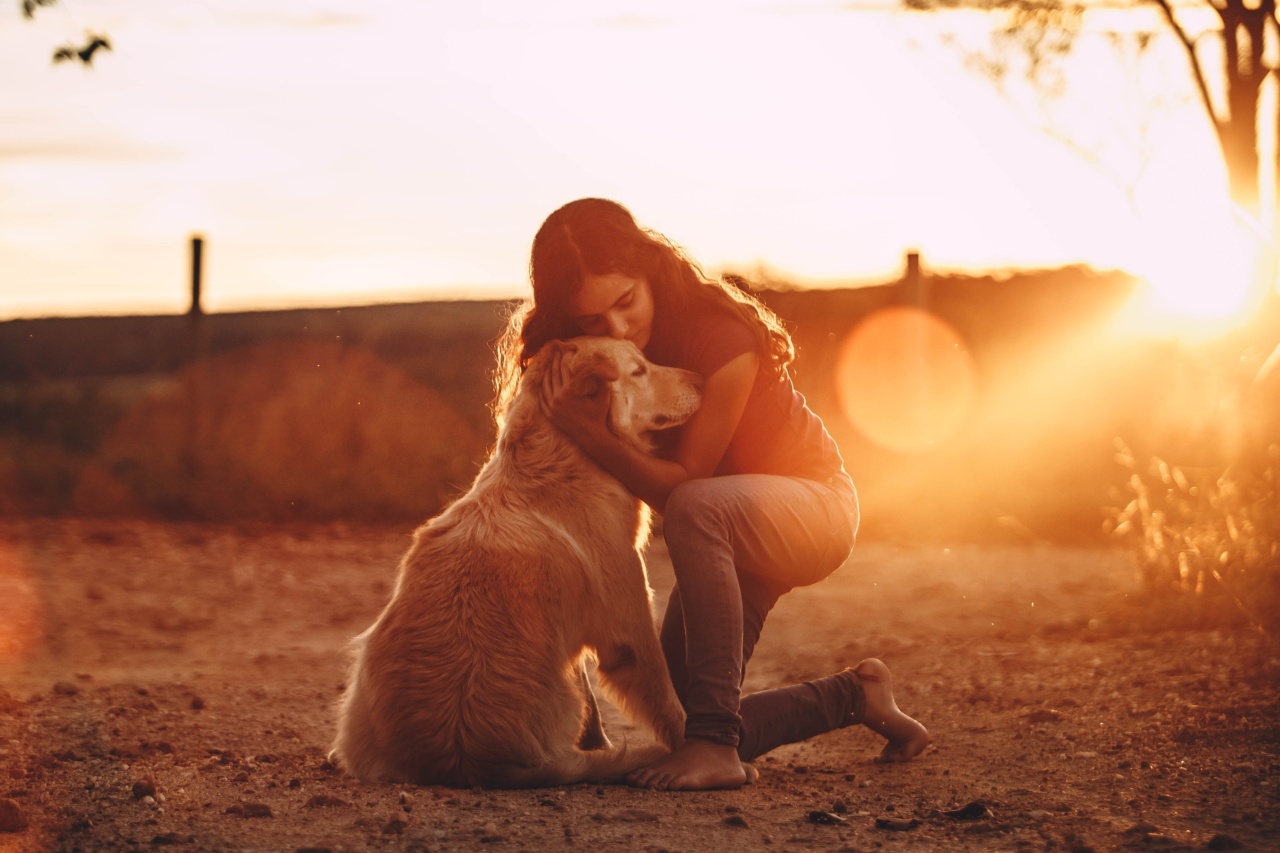Communication is a fundamental aspect of any relationship, including the one you share with your canine companion. Understanding canine communication is essential to bridge the gap between you and your furry friend.
Dogs rely heavily on body language, vocalizations, and energy to convey their thoughts, feelings, and desires.
Training and Socialization
Training and socialization play a crucial role in establishing effective communication with your dog.
By providing consistent training and exposing them to various experiences, you help them develop the skills and confidence to navigate the world around them while also improving their ability to understand and respond to your cues.
Active Listening and Observational Skills
Active listening and observational skills are key components of effective communication. To understand your dog’s needs and desires, you must pay attention to their body language, facial expressions, and vocalizations.
By actively listening and observing, you can pick up on subtle cues that indicate how your dog is feeling or what they might be trying to communicate to you.
Establishing Trust and Building a Bond
Trust is the foundation of any successful relationship. Building trust with your canine companion involves consistent training, positive reinforcement, and clear communication.
When your dog trusts you, they are more likely to respond to your cues and openly communicate their needs, leading to a stronger bond between you.
Positive Reinforcement Training Techniques
Positive reinforcement training techniques are highly effective in overcoming communication barriers and fostering a harmonious partnership with your dog.
By rewarding desired behaviors with treats, praise, and affection, you reinforce the communication loop and provide your dog with clear guidance on what you expect from them.
Body Language and Mindful Communication
Understanding canine body language is crucial for effective communication. Dogs communicate through their posture, tail position, ear positioning, eye contact, and more.
By becoming familiar with these cues, you can better interpret your dog’s intentions and emotions. Engaging in mindful communication involves being present, attentive, and responsive to your dog’s body language signals.
Patience and Consistency
Patience and consistency are paramount when overcoming communication barriers with your canine companion. Dogs learn at their own pace, and it’s essential to remain patient throughout the training process.
Consistency in your commands and expectations allows your dog to understand and respond appropriately, reducing confusion and frustration on both ends.
Using Clear and Concise Commands
Clear and concise commands are essential for effective communication. Use simple and consistent cues that your dog can easily understand. Avoid long sentences or complex phrases that might confuse them.
By using explicit commands, you can convey your expectations clearly and facilitate better communication between you and your furry friend.
Recognizing and Addressing Misunderstandings
Misunderstandings are bound to happen, even with the best communication efforts. It’s important to recognize when a miscommunication occurs and take the necessary steps to address it.
If your dog doesn’t respond as expected, reassess your commands and body language to ensure clarity. Make adjustments if needed and seek professional help if communication barriers persist.
Adapting to Your Dog’s Unique Communication Style
Every dog has a unique communication style. Some may be more vocal, while others rely heavily on body language. It’s crucial to adapt to your dog’s individual style and cater your communication efforts accordingly.
By understanding and respecting their preferred methods of communication, you can establish a stronger bond and overcome any barriers that may arise.
Conclusion
Effective communication is the key to a successful relationship with your canine companion.
By understanding their body language, using positive reinforcement techniques, and practicing active listening skills, you can overcome communication barriers and build a stronger bond with your furry friend. Remember, patience, consistency, and adaptability are essential in developing a language that both you and your dog can understand and appreciate.































